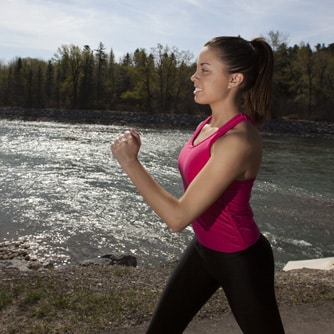A long-term commitment to routine physical activity contributes to maintaining physical performance and strength in later life. Rachel Cooper, from the Medical Research Council (MRC) Unit for Lifelong Health and Ageing (United Kingdom), and colleagues examined the associations of leisure time physical activity across adulthood with physical performance and strength in midlife in a group of 2400 men and women from the UK Medical Research Council National Survey of Health and Development, followed up since birth in March 1946. The researchers analyzed self-reported leisure time physical activity levels at 36, 43 and 53 years of age. During the 53-year investigation, grip strength (a measure of upper-body muscle condition), standing balance (a marker of neurophysiological and sensory system performance), and chair rise times (characterizing lower body strength and power, as well as cardiorespiratory fitness) were measured as indicators of strength and physical performance. Participants who were more active at all three ages showed better performance on the chair-rise test. Persons more active at ages 43 and 53 had better performance on the standing balance test. In men, physical activity at age 53 was associated with grip strength. Concluding that: “There are cumulative benefits of physical activity across adulthood on physical performance in midlife,” the team submits that: “Increased activity should be promoted early in adulthood to ensure the maintenance of physical performance in later life.”
Lifetime of Physical Activity Promotes Independent Living
Rachel Cooper, Gita D. Mishra, Diana Kuh. “Physical Activity Across Adulthood and Physical Performance in Midlife: Findings from a British Birth Cohort,” Am J Preventive Medicine, October 2011, Vol. 41, No. 4.




